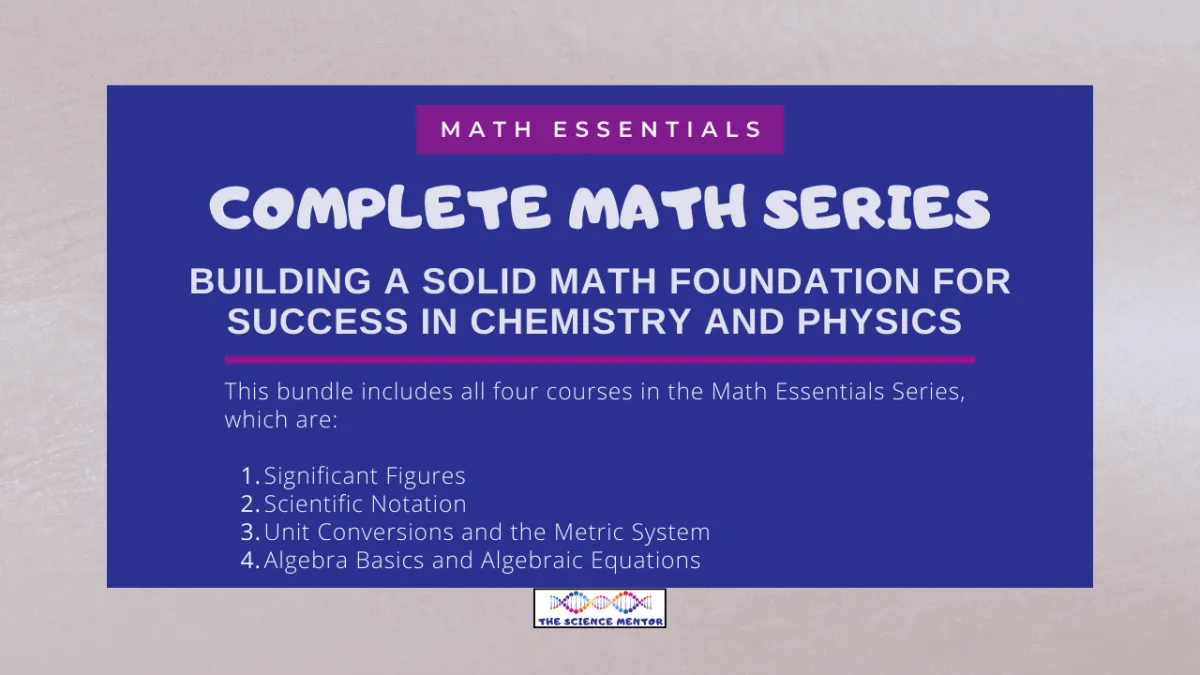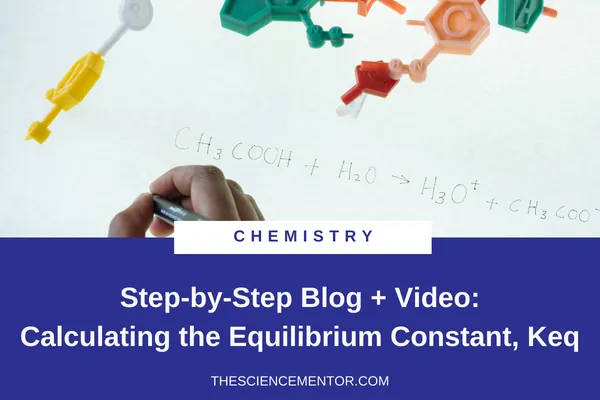Equip Your Teen with the Skills to Succeed in High School Chemistry and Physics
Provide them with self-paced courses and resources designed to help high school students excel in science.
Want to be the first to know when new tips, resources, and new programs?

My Mission Is Simple
To inspire a lifelong love for science and learning in every student I have the privilege to teach
Whether you're a homeschooling family seeking a trusted partner in your child's educational journey or a traditional student navigating the classroom, I'm here to provide unwavering support. Through live group classes, personalized tutoring, and self-paced courses tailored to each high school chemistry, I'm dedicated to helping you achieve your academic goals and fostering a deep understanding of the world of science.
What I Offer
Because everyone's learning needs are not the same
Self-Paced Science Courses

Why Choose Self-Paced Courses?
Flexibility: Complete lessons at your own pace, on your schedule.
Supportive Materials: Video lessons, practice problems, and study guides designed to make complex topics easy to understand.
Skill Building: Great for students preparing for AP courses or wanting a strong foundation in chemistry and physics.
A Few Courses...




"This class is amazing.
Every single day my child understood the content of the lesson and Doc does an amazing job at teaching. I am more the confident about my child’s ability to excel this year in physics."
Shelly-Ann, S., Outschool
Get Extra Practice with Study Resources
These video workbooks and study guides provide students with additional help, whether they’re currently enrolled in a course or need a deeper understanding of challenging topics.

Who benefits from these resources?
Parents looking to help their teen build a strong foundation in science before taking on more challenging courses.
Students who need extra practice to strengthen their skills in specific areas, such as stoichiometry or significant figures.
Homeschool families seeking additional study materials to supplement their science curriculum.
Teens preparing for AP Chemistry who want guided practice and review over the summer or throughout the school year.
Families wanting a low-pressure introduction to my teaching style before committing to paid courses or tutoring.
A Few Demos...
Demo Video Lesson

Demo Practice Problems

Demo Answer Key

"What a great experience this was for my daughter.
She learned so much and actually looked forward to chemistry!! Such a kind and patient person Ms. Williams is. Thank you!!"
Marie E., Outschool
Live Classes and Tutoring
My live classes and one-on-one tutoring sessions on Outschool offer students the opportunity to interact in real-time with an experienced science teacher.

Live Instruction is ideal for...
Students who benefit from real-time interaction and personalized feedback from a teacher.
Teens who need focused, real-time attention on specific topics they struggle with, such as chemical reactions or physics equations.
Parents who want to provide their child with additional support to supplement their homeschool or traditional school learning.
Teens who thrive in a collaborative learning environment, where they can ask questions and engage in discussions with their peers.
Families looking for flexible scheduling options to fit tutoring sessions around their teen's busy life.
I'm so happy you're here!
Hi! I'm Doc
A dedicated tutor with a passion for guiding students through the world of science. My personal journey from struggling with chemistry and physics in college to pursuing a BS in Biochemistry and working in biotech paved the way for my transition to education. With over six years of experience as an online private tutor and educator, I'm committed to tailoring my teaching approach to meet each student's unique needs and goals.

Online Science Tutoring is more than just homework help and test prep!

Our online science tutor provides one-on-one guidance, tailoring each session to your unique learning style, ensuring you fully grasp and succeed in high school science.

With over 18 years of teaching experience and a background in biochemistry, our certified science teacher possesses in-depth knowledge and effective teaching strategies.

Whether you're struggling and need to catch up, or you're eager to get ahead, our tutoring adapts to your current situation and learning goals.

Beyond science content, we impart valuable study skills and test-taking techniques that empower you to excel in all your subjects.

I offer a customized high school science curriculum that seamlessly fits into your homeschooling program, aligning with your interests and goals.

Tutoring that extend beyond science to boost your confidence in math, enhance reading comprehension, and provide organization strategies, ensuring comprehensive academic success.
YouTube
Click "Watch More" to Explore more videos Tutorials on topics in science
Latest Podcasts
Explore tips and inspiration by clicking on 'read more'

Calculating the Equilibrium Constant Keq
Hey there! In this blog, we will walk through the steps for calculating the equilibrium constant Keq. We’ll use the following question as an example.
Calculate the equilibrium constant Keq, for the reaction between nitrogen monoxide and oxygen to form nitrogen dioxide if the concentrations for NO, O2, and NO2 are 0.10 M, 0.10 M, and 0.20 M, respectively.
STEP 1: WRITE THE BALANCED CHEMICAL EQUATION
The first step for calculating the equilibrium constant Keq, we need to write down the balanced chemical equation for the reaction. For the given reaction, the balanced chemical equation is:

STEP 2: WRITE THE EXPRESSION FOR THE EQUILIBRIUM CONSTANT Keq
This is basically the products’ concentrations divided by the reactants’ concentrations, with each one raised to the power of their stoichiometric coefficients. So for our reaction, the expression of the equilibrium constant, Keq, is:

where [NO2] is the equilibrium concentration of the product, and [NO] and [O2] are the equilibrium concentrations of the reactants.
STEP 3: CALCULATE THE EQUILIBRIUM CONSTANT, Keq
Finally, we need to calculate Keq. We can do this by finding out the equilibrium concentrations of the products and reactants. We can plug the concentration values for NO, O2, and NO2 into our expression for Keq.

Therefore, the equilibrium constant, Keq, for the reaction 2 NO(g) + O2(g) –> 2 NO2(g) is 4.0.
And that’s it! By following these steps, you can find the equilibrium expression, Keq, for any chemical reaction. This can help you understand how far the reaction has gone towards the products or the reactants, which is useful in chemistry.
For more practice, watch this video.
All Rights Reserved 2023 - (C) TheScienceMentor.com -TM | Terms & Conditions | Privacy Policy | Disclaimers
